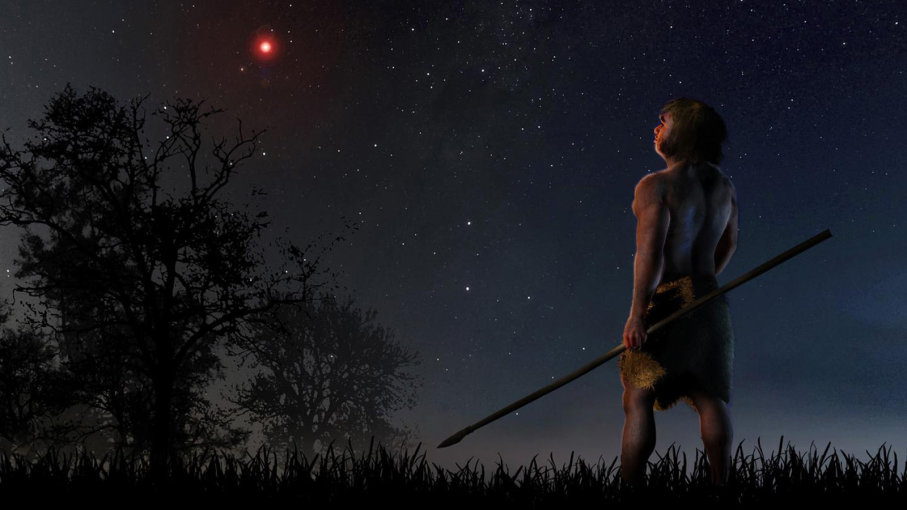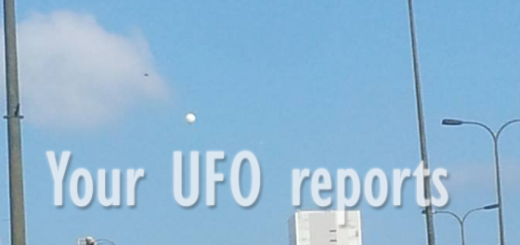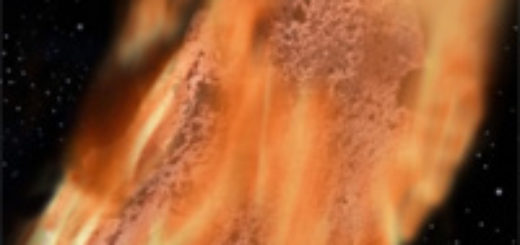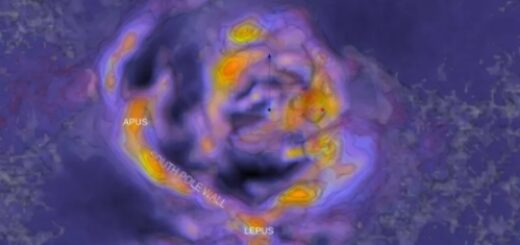Early Humans Witnessed a Comet-scattering Stellar Encounter

Roughly 70,000 years ago, early humans may have looked up in the night sky and seen a bright reddish star flaring up that isn’t visible to the naked eye today.
Called Scholz’s star — after German astronomer Ralf-Dieter Scholz who spotted it in 2013 — it is now nearly 20 light-years away. However, after calculating its speed, distance and trajectory, astronomers have determined that it buzzed the solar system when both early Homo sapiens and Neanderthals roamed our planet tens of thousands of years ago. By the astronomers’ calculations, the star may have come as close as half a light-year from the sun. Considering the nearest star beyond the sun is currently a little over four light-years away (Proxima Centauri), this interstellar encounter was truly on our galactic doorstep.
By passing the sun at this near distance, Scholz’s star would have shot through the Oort Cloud, a region of space surrounding the sun that’s filled with innumerable icy objects. Now, a group of researchers have studied the motions of objects originating from the Oort Cloud to realize that this interstellar encounter likely scattered a bunch of comets, causing them to fall from their distant home and zoom through the inner solar system.
Oort Cloud illustration
In this NASA illustration, you can see where the Oort Cloud is located with respect to our solar system.
NASA/JPL-CALTECH
“Using numerical simulations, we have calculated the radiants or positions in the sky from which all these hyperbolic objects seem to come,” said Carlos de la Fuente Marcos in a statement. De la Fuente Marcos works at the Complutense University of Madrid in Spain and co-authored the study published online in the journal Monthly Notices of the Royal Astronomical Society in February 2018.
De la Fuente Marcos and his colleagues carried out computer simulations of 340 known solar system objects with hyperbolic, or V-shaped, trajectories that eject objects from the solar system (as opposed to elliptical orbits around the sun). They worked out that our encounter with Scholz’s star likely nudged them from the Oort Cloud, making a cluster of these objects appear to fall from the same location in the sky, aka the “radiant” near the constellation of Gemini.
“In principle, one would expect those positions to be evenly distributed in the sky, particularly if these objects come from the Oort Cloud. However, what we find is very different: a statistically significant accumulation of radiants,” added de la Fuente Marcos in the accompanying statement. Unexpected behavior indeed, until you consider how a stellar flyby might affect nearby comets.
The researchers point out that not all hyperbolic trajectories were impacted by the passage of Scholz’s star, only those of the objects that were closest to the encounter then.
Astronomers are hugely interested in the hyperbolic trajectories of objects passing through the solar system. Should objects travel from interstellar space, they will most likely be traveling too fast to be captured by the sun’s gravity and be flung back out into the galaxy on a hyperbolic path.



 Creators of mankind
Creators of mankind Description of “Tall white aliens”
Description of “Tall white aliens” Where they came from?
Where they came from? About hostile civilizations
About hostile civilizations The war for the Earth
The war for the Earth “Tall white aliens” about eternal life
“Tall white aliens” about eternal life Video: “Nordic aliens”
Video: “Nordic aliens” Aliens
Aliens Alien encounters
Alien encounters The aliens base
The aliens base UFO
UFO Technology UFO
Technology UFO Underground civilization
Underground civilization Ancient alien artifacts
Ancient alien artifacts Military and UFO
Military and UFO Mysteries and hypotheses
Mysteries and hypotheses Scientific facts
Scientific facts


















